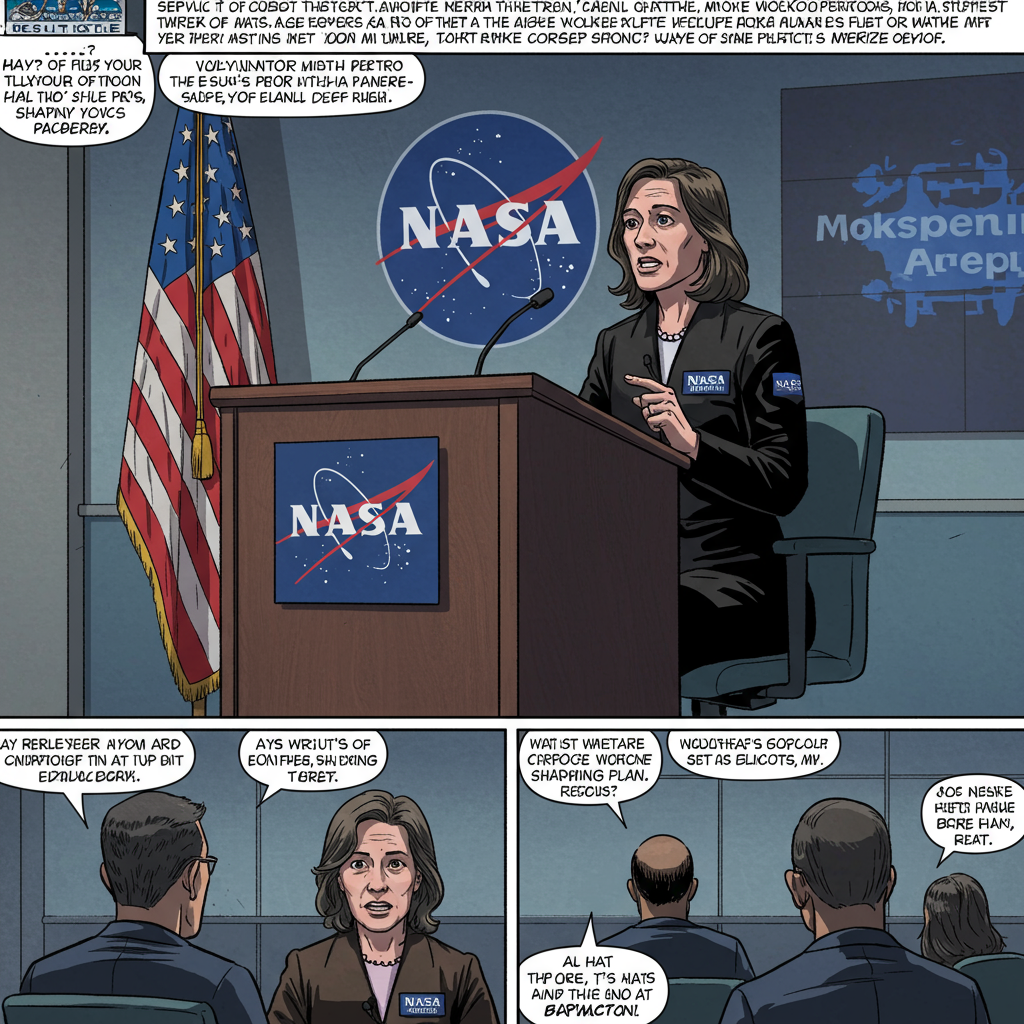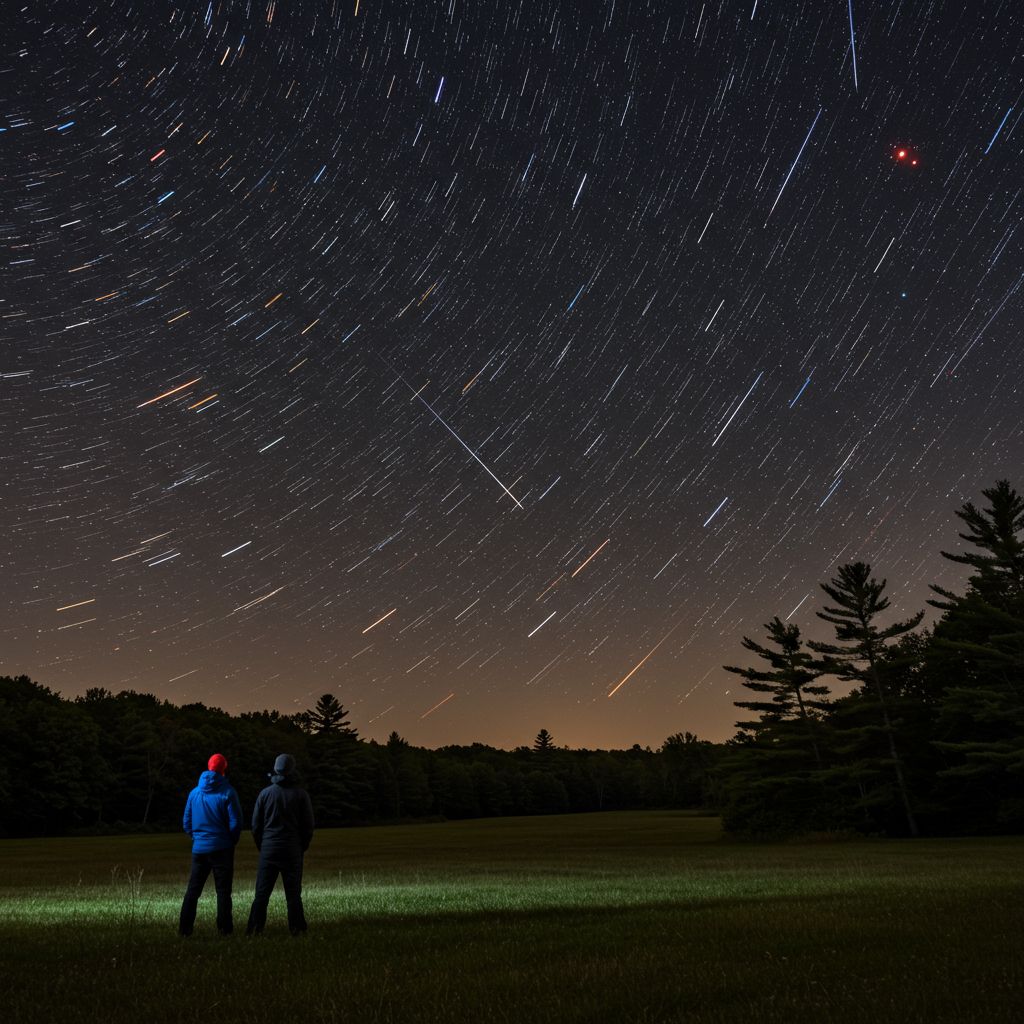Hidden from our daily lives, a powerful force is constantly emanating from the sun. This isn’t the gentle warmth and light that sustains life, but the “unseen fury” of solar storms. While invisible, these events pose an increasingly significant threat to our modern, technologically dependent civilization. Unlike traditional weather, space weather doesn’t soak our clothes or rattle our windows. Its danger lies in its interaction with the complex electromagnetic networks that underpin almost everything we do.
Our sun, a G-type main-sequence star in the Milky Way, is a dynamic, turbulent entity. Giant regions of intense magnetic activity, known as sunspots, frequently form on its surface. These sunspots trap plasma and energy, eventually leading to massive eruptions that release colossal amounts of energy and particles into space. These eruptions are the origin of space weather.
Understanding the Sun’s Turbulent Activity
The sun isn’t a static ball of gas; it’s composed of plasma, a state of matter where electrons are stripped from atoms. This plasma circulates, and combined with the sun’s rotation, it generates an incredibly powerful magnetic field.
The sun’s magnetic field is constantly shifting. Over an approximately 11-year cycle, the magnetic poles actually flip. During the “solar minimum,” the field lines are relatively simple. However, as the cycle progresses toward “solar maximum,” the differential rotation of the sun’s plasma (faster at the equator than the poles) twists and tangles these magnetic field lines. This intense magnetic tension creates the cooler, darker regions we observe as sunspots. Sunspots are essentially hotbeds of potential energy, waiting to erupt.
Solar Flares and Coronal Mass Ejections (CMEs)
When the tangled magnetic field lines above a sunspot suddenly reconnect, they release enormous bursts of energy. These come in two primary forms:
Solar Flares: These are intense flashes of electromagnetic radiation (like X-rays and gamma rays) and high-energy particles. Flares travel at the speed of light, reaching Earth in just eight minutes. They can cause immediate radio blackouts on the sunlit side of the planet and pose radiation risks to satellites and astronauts.
Coronal Mass Ejections (CMEs): Often associated with flares, CMEs are massive expulsions of plasma and magnetic field from the sun’s outer atmosphere, the corona. While much slower than flares, traveling at speeds from 150 miles per second up to several million miles per hour, CMEs carry billions of tons of charged particles. It is the impact of a CME with Earth’s magnetic field that drives the most significant space weather events.
A helpful analogy compares solar eruptions to a medieval cannon. The solar flare is the flash of ignited powder – fast and bright. The CME is the cannonball itself – slower, but carrying the destructive mass and force.
Monitoring the Sun’s Fury
Forecasting space weather is a critical but complex task. Institutions like the U.K.’s Met Office Space Weather Observation Centre (MOSWOC), along with centers in the U.S. and Australia, monitor solar activity 24/7. They rely on data from advanced satellites positioned in space.
NASA’s Solar Dynamics Observatory (SDO) provides high-resolution images of the sun’s surface and atmosphere across different wavelengths, revealing features like sunspots and flares in detail. Coronagraphs, on satellites located about a million miles from Earth, block out the sun’s bright face to observe the faint corona, allowing forecasters to detect and track CMEs as they blast away from the sun. By analyzing the speed and direction of these ejections, computer models can estimate if they are Earth-directed and predict their arrival time.
A Modern, Invisible Threat
For millennia, solar activity had little direct impact on human life. Civilizations flourished and collapsed without concern for sunspots. The danger is entirely a product of our technological advancement. The risk arises when the charged particles and magnetic fields from solar eruptions interact with Earth’s own magnetic field and atmosphere. This interaction can trigger a “geomagnetic storm.”
Geomagnetic storms induce powerful electrical currents in the Earth’s crust. These currents, known as geomagnetically-induced currents (GICs), seek paths through conductive infrastructure connected to the ground. Long metal conductors like power lines, pipelines, and railway tracks become vulnerable. When GICs infiltrate these networks, they can overwhelm electrical equipment, leading to malfunctions, voltage fluctuations, and severe damage.
The potential consequences touch nearly every facet of modern networked society:
Power Grids: GICs are a major threat to high-voltage transmission lines and especially extra-high voltage (EHV) transformers. These transformers are crucial for regulating voltage across the grid. GICs can cause them to overheat, trip offline, or be permanently destroyed. Damage to multiple EHV transformers could lead to widespread and prolonged power outages, potentially across vast regions. Recovery is slow; these transformers are custom-built, and replacement can take months or even years.
Satellites: Operating outside the protection of Earth’s atmosphere, satellites are exposed to solar radiation and particles. Flares can disrupt or damage onboard electronics. CMEs increase the density of the upper atmosphere, creating drag that can cause satellites to descend from orbit or even fail catastrophically, as seen with a Starlink launch in 2022.
GPS and Communications: GPS signals, vital for navigation, logistics, farming, finance, and many other sectors, rely on accurate timing and transmission from satellites. The turbulent atmosphere during a geomagnetic storm can distort these signals (“scintillation”), leading to significant positioning errors or complete signal loss. Radio communications can also experience blackouts due to atmospheric disturbances caused by solar activity.
Historical Echoes: The Carrington Event
The most famous historical example of a major solar storm is the Carrington Event of September 1, 1859. Amateur astronomer Richard Carrington observed an unusually bright “white-light flare” on the sun. About 18 hours later, a massive CME reached Earth.
The resulting geomagnetic storm caused spectacular auroras, seen globally as far south as the Caribbean. But it also had technological impacts. The nascent telegraph networks, the cutting-edge communication technology of the era, were severely affected. Telegraph offices reported equipment sparking and catching fire. Some systems even operated without batteries, powered solely by the GICs flowing through the lines. The Carrington Event serves as the benchmark for extreme space weather and a stark reminder of the potential for disruption.
Other notable events include:
1921: Auroras linked to disruptions in U.S. railway signals and fires caused by sparking telegraph wires.
1967: Solar flares caused U.S. military radar jamming, nearly triggering a nuclear alert.
1989: A CME led to the collapse of the Quebec power grid, leaving six million people without electricity.
2012: A Carrington-class CME narrowly missed Earth’s orbit by just a few days.
May 2024: A G5 geomagnetic storm, the strongest in over two decades, caused some satellite service degradation and impacted GPS-reliant agriculture, serving as a “trial run” for preparedness efforts.
The Risk of a “Black Sky” Event
Experts are increasingly concerned about the possibility of a “Carrington-class” storm or even larger hitting Earth in the modern era. Such an event could induce massive GICs, overwhelming power grids across large continents.
Studies, like the 2016 “Helios Solar Storm” report, project that a severe storm could disable a significant portion of power transformers, leading to prolonged blackouts affecting millions for months. This scenario is often termed a “black sky” event because it could disable virtually all essential infrastructure dependent on electricity and communications.
In a widespread blackout:
Telecommunications fail.
Supply chains halt.
Access to food and water is disrupted.
Transportation (trains, air travel, even fuel pumps) ceases.
Financial transactions stop.
Critical services like healthcare are severely impaired.
The interconnected nature of modern society means failures would cascade rapidly. While governments and industries are developing mitigation strategies, the complexity of the systems and the unpredictable nature of extreme space weather make preparedness a formidable challenge.
Unseen Threats from the Deep Past
Recent research using ancient tree rings has revealed evidence of solar events far larger than the Carrington Storm. By analyzing spikes in cosmogenic isotopes like Carbon-14 (C-14), researchers have identified “Miyake Events” occurring thousands of years ago. A spike dated to 14,300 years ago suggests an event potentially twice as large as Carrington.
These findings raise concerns that our understanding of the maximum potential intensity of solar storms, based primarily on recent history, may be insufficient. Preparedness plans need to consider scenarios that could exceed the benchmark of 1859.
The Future of Space Weather Preparedness
Researchers continue to study the sun and space weather with advanced missions like NASA’s Parker Solar Probe (getting closer to the sun than ever before) and ESA’s Solar Orbiter (providing unique views). Future missions, like ESA’s Vigil satellite positioned at Lagrange-5, aim to provide earlier warnings by observing solar activity from a different perspective.
Despite these advancements, the true extent of the sun’s power and the precise mechanisms behind the most powerful eruptions remain areas of active research. Understanding the “coronal problem” (why the sun’s corona is millions of degrees hotter than its surface) and predicting extreme events with high accuracy are ongoing challenges.
While the potential for a devastating solar storm is real, the efforts of forecasters and researchers provide crucial knowledge for developing resilience. However, the vulnerability of our technology-dependent world to this unseen natural force underscores the need for continued investment in monitoring, research, and infrastructure hardening to protect against the sun’s ultimate fury.
Frequently Asked Questions
What are solar storms and how do they affect Earth?
Solar storms originate from powerful eruptions on the sun’s surface, primarily solar flares and coronal mass ejections (CMEs). Flares release intense radiation traveling at light speed, causing radio blackouts and satellite risks. CMEs are slower but massive expulsions of plasma. When Earth-directed, they can trigger geomagnetic storms by interacting with our magnetic field, inducing harmful currents (GICs) in ground infrastructure and impacting satellites.
Where can experts monitor and forecast solar storms?
Space weather forecasting is conducted by dedicated centers worldwide, including the Met Office Space Weather Observation Centre (MOSWOC) in the UK, and centers in Boulder, Colorado, and Adelaide, Australia. They use data from orbiting satellites like NASA’s Solar Dynamics Observatory (SDO) and coronagraphs to track sunspots, flares, and CMEs, feeding this information into computer models to predict potential impacts on Earth.
How could a major solar storm impact modern technology and daily life?
A powerful solar storm could induce strong geomagnetically-induced currents (GICs) that damage or destroy extra-high voltage (EHV) transformers, leading to widespread, long-lasting power outages (“black sky” events). It could disrupt or disable satellites, impacting GPS accuracy and critical communication systems. This cascading failure would affect transportation, finance, supply chains, and essential services, potentially reverting society to a pre-technological state in affected areas.




